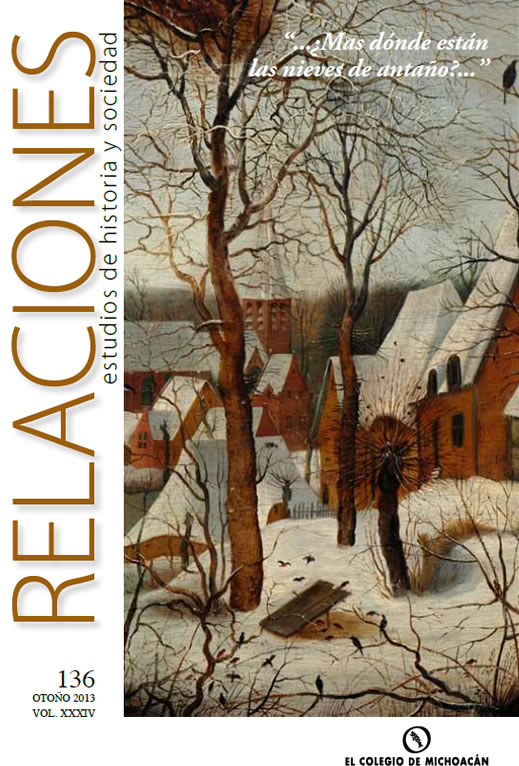Landscapes We See, of Their Creation We Know Naught. The Agave Landscape: Cultural Patrimony of Humanity
DOI:
https://doi.org/10.24901/rehs.v34i136.165Keywords:
agave landscape, tequila, tangible and intangible patrimonyAbstract
This article analyzes key historical conceptions of landscape and patrimony, as well as the pragmatic use to which these two concepts are currently being put. The case chosen to sustain the argument is the “Agave Landscape and ancient tequila installations”, declared Cultural Patrimony of Humanity by the unesco in 2006. The framework for the analysis is based on Wallerstein’s proposed modern world system and the division among political and vernacular landscapes posited by John B. Jackson. The agave landscape is not a homogeneous space but, rather, an asymmetric social and historical construction with a center, a periphery and a semi-periphery, where certain artifices are made visible and valued, while others remain invisible.
Downloads
Published
Issue
Section
License
Derecho de los autoresDe acuerdo con la legislación vigente de Derechos de Autor, la revista Relaciones Estudios de Historia y Sociedad reconoce y respeta el derecho moral de los autores, así como la titularidad del derecho patrimonial, el cual será transferido –de forma no exclusiva– a la revista para permitir su difusión legal en Acceso Abierto.
Los autores pueden realizar otros acuerdos contractuales independientes y adicionales para la distribución no exclusiva de la versión del artículo publicado (por ejemplo, incluirlo en un repositorio institucional o darlo a conocer en otros medios en papel o electrónicos), siempre que se indique clara y explícitamente que el trabajo se publicó por primera vez en la revista Relaciones Estudios de Historia y Sociedad.
Para todo lo anterior, los autores deben remitir la carta de transmisión de derechos patrimoniales de la primera publicación, debidamente requisitada y firmado. Este formato debe ser remitido en PDF a través de la plataforma OJS.
Derechos de los lectores
Bajo los principios de Acceso Abierto los lectores la revista tienen derecho a la libre lectura, impresión y distribución de los contenidos de la revista por cualquier medio, de manera inmediata a su publicación en línea. El único requisito para esto es que siempre se indique clara y explícitamente que el trabajo se publicó por primera vez en la revista Relaciones Estudios de Historia y Sociedad y se cite de manera correcta la fuente y el DOI correspondiente.















